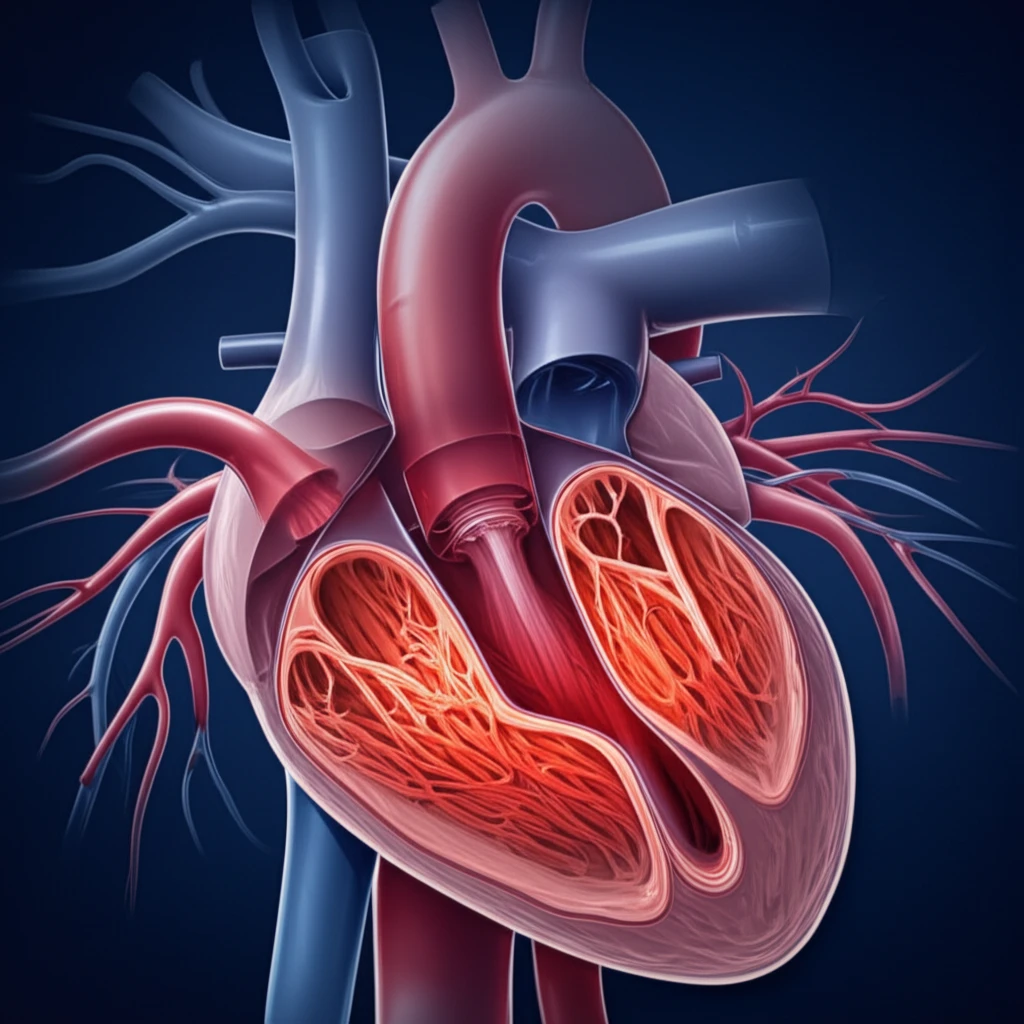
Mitochondrial Disorders: How Aortic Root Ectasia Can Be a Key Indicator
"Unveiling the link between aortic root ectasia and mitochondrial dysfunction for earlier diagnosis and improved management."
Mitochondrial disorders (MIDs) are a complex group of conditions that affect how the body produces energy. These disorders can manifest in many ways, impacting various organs and systems. While some symptoms are well-recognized, others are rarer, making diagnosis challenging.
One such rare manifestation is arteriopathy, a disease of the arteries. Arteriopathy in MIDs can take several forms, including atherosclerosis, stenosis, aneurysm, and ectasia. Aortic root ectasia (ARE), characterized by an enlarged aorta near the heart, has recently emerged as a potential indicator of underlying mitochondrial dysfunction.
This article explores the connection between ARE and MIDs, drawing on a recent case study that highlights the importance of considering mitochondrial dysfunction in patients presenting with unexplained ARE. By understanding this link, healthcare professionals can improve diagnostic accuracy and potentially offer earlier interventions.
Decoding the Connection: Aortic Root Ectasia and Mitochondrial Disorders

Aortic root ectasia (ARE) is defined as an aortic diameter of 40-50 mm at the level of the aortic valves. While ARE can result from various factors, including arterial hypertension, Marfan syndrome, and congenital heart defects, its association with mitochondrial disorders is increasingly recognized.
- VSMCs are crucial for maintaining the structure and function of the aorta.
- Mitochondrial dysfunction can impair VSMC function, leading to weakening and dilation of the aortic root.
- ARE, in the context of a MID, may indicate that the metabolic defect is affecting the vascular system.
Looking Ahead: Implications for Diagnosis and Management
The recognition of ARE as a potential feature of MIDs has important implications for diagnosis and management. Patients presenting with unexplained ARE, particularly those with other signs suggestive of mitochondrial dysfunction, should be evaluated for possible underlying MIDs. This evaluation may involve a thorough medical history, physical examination, blood tests (including lactate levels), and imaging studies. While genetic testing can help confirm the diagnosis, it's not always conclusive, and a high index of suspicion is crucial. Long-term monitoring is essential for patients with ARE and MIDs to detect any progression of aortic dilation and prevent potential complications, such as aortic dissection or rupture.
